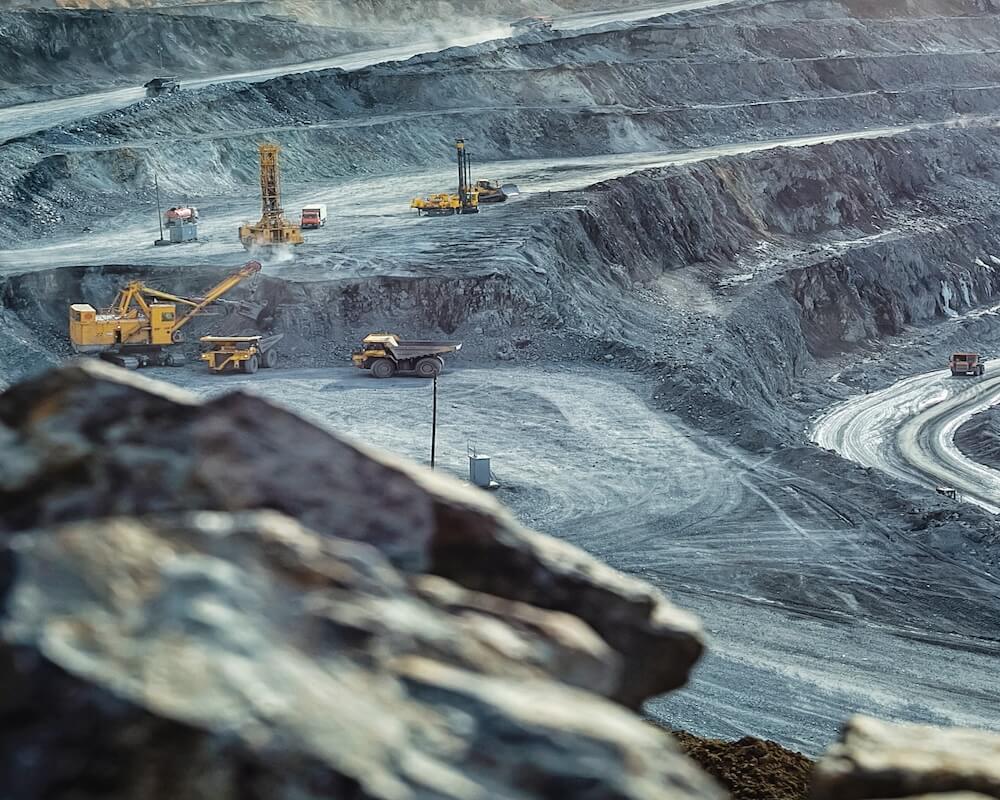
Posted June 14, 2022
By Jonathan Rodriguez
Welcome to a Real Bear Market. It’s Worse Than You Think
I've been off the air for a bit, but I'm back in black with an urgent video.
The S&P 500's bull market has finally come to an end with the S&P down more than 20% at yesterday's close.
And bear markets are no joke...
The scariest thing is most people have no idea just how bad bear markets can be.
They can last longer and dive a lot deeper than you think.
For instance, if I asked you to name the biggest stock market crash you can think of since 1928, what would you say?
1929… 2000… 2008?
Good guesses, but none of those crashes actually top the list in terms of total market declines.
How about the longest bear market?
Nope, none of those bears take the cake either. I'll give you the answer to both in a moment...
But suffice it to say, it's been almost 15 years since you've seen a bear market that lasted for longer than a year.
And if you haven't already, the time to protect your retirement savings is now!
So in the video below, I'll show you exactly how bear markets work and how to protect yourself.
In Bear Markets, Time Stands Still
What makes bear markets so terrifying isn't necessarily the size of the drop...
It's the length of them.
Since 1928, there have been 21 bear markets, not including the new one we're in now.
The average decline of the S&P 500 in a bear market is 37%, and the average length of a bear market is 11 months.
But things can actually get much worse than that. So I ask again, what is the worst bear market since 1928?
It wasn't 1929 — probably the most well-known crash of all time.
It was actually the brutal bear of 1930 to 1932 in which the S&P 500 fell by a whopping 83% over the course of two years.
And it occurred less than six months after the '29 crash.
In fact, the 1929 crash wasn't even the fifth-worst crash on the list.
I mean, yes, the market tanked 45% in just 40 days. But 2008 and 2000 bested 1929 in terms of total decline.
And 2020 — the most recent and fastest bear market on record — saw the S&P drop 34% in 23 days...
Nearly half the length of the '29 bear market.
If we zoom in on just the 10 biggest market drops, the average drop is nearly 50% and the average length of these bears is 15 months.
And only 3 of those bear markets lasted less than one year.
Finally, if we look at just post-World War II bear markets...
The distance of the S&P 500 in the current bear market to the average bear market decline is just over 15%.
So in other words, we probably have a long way to go before this rout is over.
Why the 2022 Bear Has More Room to Run
Every bear market is different, but the blame for the 2022 bear market can be placed squarely on inflation.
Between Covid lockdown-related supply chain disruptions and the trillions of dollars in stimulus poured into the economy chasing scarce goods and services, inflation just hit a 40-year high.
And investors are dumping their stocks & bonds preparing for aggressive interest rate hikes from the Federal Reserve.
What's good news about any of this is that we've seen this type of market environment before.
In 1973, stocks cratered in the wake of rapid inflation just after the US came off the gold standard.
That bear market lasted nearly two years during which the S&P fell 48%. And right now, the S&P 500 is following the path it did during the 1973 crash.
In fact, the correlation between the current crash to the 1973 bear is a whopping 80%. So stocks could definitely drop further as the Fed picks up the pace of rate hikes.
How to Protect Your Retirement Savings
We've talked at length about what stocks do during bear markets… But how can you protect yourself?
First, don't panic. The worst thing you can do is sell into strong weakness.
But if you don't have the benefit of a few years to recover from a prolonged bear market, you might consider cashing out of stocks on rallies.
That means when the market bounces — while we're still in a bear — take those opportunities to sell out of shares.
If you're a long-term investor that can withstand the punch for a year or two, you're going to want to keep buying shares of quality stocks on the way down.
Now as a trader, when the market goes to hell, I go to the charts...
I use Fibonacci retracement levels to spot potential support areas to do some strategic buying.
As you can see here on the weekly SPY chart, we've breached the 38.2% retracement line...
And we're probably headed for 350, or 3,500 on the actual index before we get another test of a solid support level.
That would be a 50% retracement from the 2020 Covid low to the 2022 market top.
That's also around the area of the 200-week moving average.
So if that 350 holds, we could get a bounce, which would be a fantastic dip-buying opportunity — even if the market heads lower.
The next potential level of support on SPY would be 322 which is the 61.8% retracement level.
Fun Fibonacci fact, I was actually married on June 18 — which is phi day for the Fibonacci ratio (1.618).
But in all seriousness, to sum up here…
The average S&P 500 bear market declines 37% and lasts 11 months, which is lower for longer than most people expect.
But you can protect yourself by cashing out on bear market rallies.
And you can use Fibonacci retracements to spot potential support levels for strategic dip-buying.
That's all for today. But if you dig the content...
Please hit the like button and subscribe to the Rich Retirement channel on YouTube so you never miss out on my videos.
And if you've got a question or comment...
Leave a note below this video or shoot me an email at askjrod@stpaulresearch.com
Thanks again...
And for Rich Retirement TV, I'm J-Rod and I'll see you next time.

Jonathan Rodriguez
Senior Analyst, Rich Retirement Letter

How Others’ Incompetence Costs You Big-Time
Posted January 17, 2024
By Byron King

Turning Empty Cubicles Into Houses
Posted January 15, 2024
By Zach Scheidt

"Boring AI": Overlooked Opportunity From CES 2024
Posted January 12, 2024
By Zach Scheidt

5 Must-See Predictions
Posted January 10, 2024
By James Altucher

Welcome to Earth, the Mining Planet
Posted January 08, 2024
By Byron King

